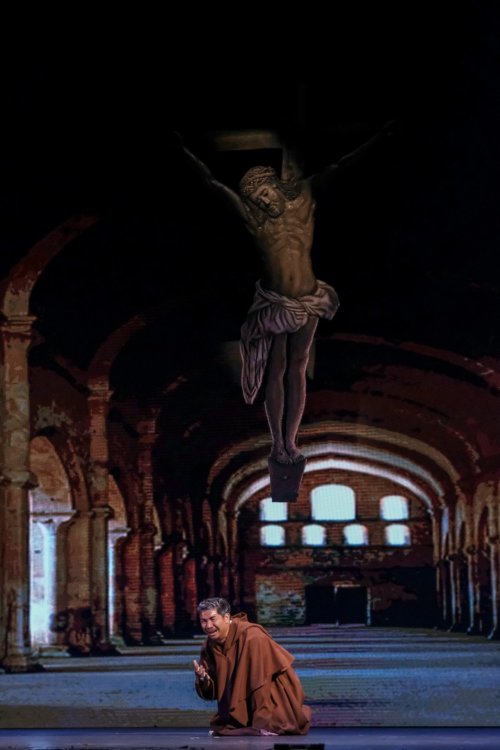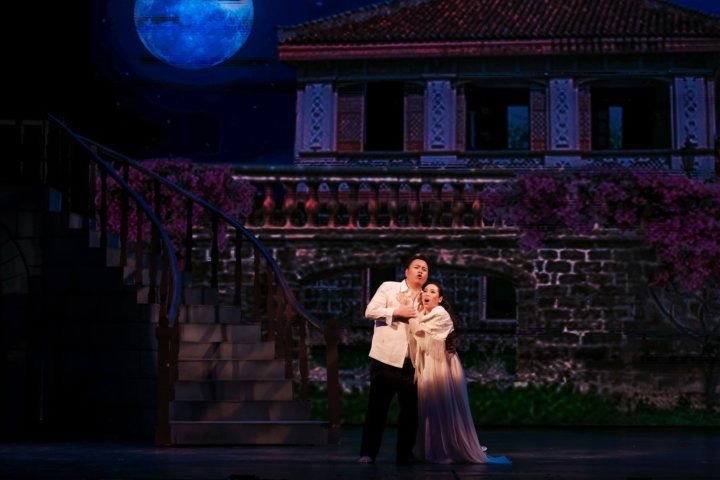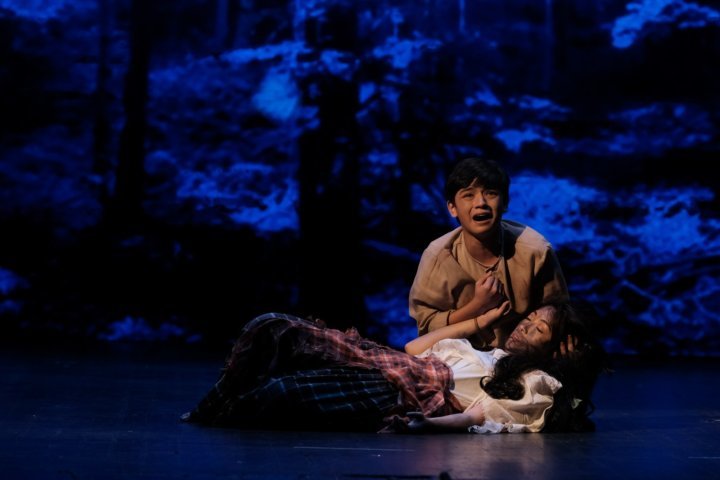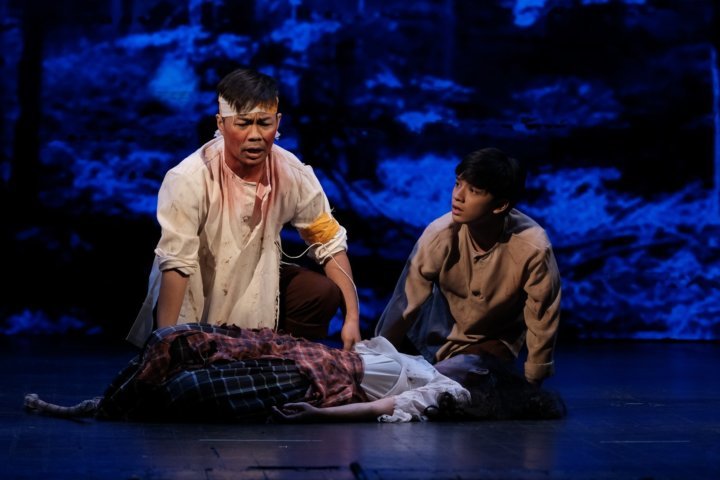Words by Gayle Dy, Writing Team
I still remember the interactive comic strips that my 9th grade Filipino teacher used while she narrated the story of Noli me Tangere to us. This, of course, was our beloved national hero Jose Rizal’s most famous and controversial work–the very one that led to his end and our beginning.
But despite knowing the weight and significance of this novel; sadly, back then neither I nor most of my classmates gave it its much-deserved justice. I remember snippets of myself zoning out in class and daydreaming and having my friends reiterate the story to me after class. At that moment, I knew, of course, that the book played a tremendous part in getting our nation’s freedom through its exposure of the church’s corruptness and the detrimental effects of Spanish colonialism on us, but nevertheless, the idea failed to strike a chord within me.
Perhaps it’s because I’m privileged to be living in a post-war society that I failed to relate to Noli me Tangere. Or perhaps it’s because I was too young back then to fully appreciate it–whatever reason it was–it was just lost on me.
But that would soon change as an opportunity at redemption presented itself to me in the form of Noli me Tangere: The Opera last January. As soon as I heard about it, I knew I had to watch it. And so, last Sunday, I was able to catch the final show along with some friends, just in time for the venue’s 50th anniversary.
Read also: LOOK: Jose Rizal manga to be released on June 19
The opera, which is the Philippines’ first and only full-length opera, first premiered in 1957 at the Far Eastern University Auditorium. Since then, it has sporadically reprised at different venues both locally and internationally-including New York in 2013 and Washington D.C. the following year thanks to New York-based designer, Jerry Sibal, who produced both shows. Now, on its second time back in CCP, Jerry is back and ready to bring the show home once again to Manila, with the help of co-director, Jeffrey Camañag.
I was not surprised when I found out that the beautiful music and libretto had been recycled for over more than sixty years–since its very first show! The libretto, of course, is in Filipino and written by national artist Guillermo Tolentino. Meanwhile, the music was composed by Felipe de Leon, another remarkable national artist. Impressively, all of the dialogue was sung from beginning to end, save for a few occasional verbal lines. English translations of the lyrics were also projected on a screen above the stage to help us keep in sync with the opera.
What also made this production different from the rest was its latest use of technology-LED walls that served as lovely, scenic backdrops. During Maria Clara and Ibarra’s rendezvous, it had been a beautiful, romantic garden. And in the picnic scene, Elias’ fight with the crocodile had been shown through video. In Kapitan Tiago’s scene of remorse, a giant crucifix appeared behind him as he repented. This innovative design, along with the lights, sound, and costumes were truly keystones in bringing the opera to life.
Act 1 began with Crisostomo’s return to Manila after seven long years of living and studying in Europe. Hopeful to realize his dreams of building a school and being reunited with his former lover, Maria Clara, my heart cried out to him as he soon came to realize how much society had changed while he was away. But the scene that got to me the most was when Ibarra tried to get advice from Pilosopo Tasyo about his school, to which the latter pushed him away, telling him to seek help from the priests and governor general. Desperate, Ibarra asks, “Why can’t I carry my idea forward without a shadow hanging over it? When it’s supposed to benefit not me, but the country and its people?”
Meanwhile, one of the best, yet bittersweet moments of the show occurred during its latter part wherein Crisostomo and Maria Clara, upon realizing their tragic fate, reunited in a final duet, declaring their undying love for each other and sealing it with a kiss before parting once again. The poignancy of the scene fueled by their impassioned singing makes me able to still recall the last line of their song to this day. “Pusong may dambana luluklihin nita,” or translated roughly in English as “our hearts are the altars of our love.”
Other unforgettable and crowd-favorite performances would have to be Maria Clara’s “Kay Tamis ng Buhay,” and of course, Sisa’s (Nicola Peralejo) “Awit ng Gabi,” that was flawlessly sung with the playful accompaniment of the flute and enhanced by the gorgeous, blue moonlit backdrop. And Basilio’s (Noel Comia Jr.) plaintive solo, “Gising Na, O Inang Ko,” which followed right after his mother’s last note, was definitely the most mournful scene for me.
As a tired-looking Elias (Joseleo Logdat) delivers his all-too-familiar monologue, “Ako’y mamamatay na hindi man lamang nakita ang maningning na pagbubukang liwayway sa aking bayan. Kayong makakakita, batiin ninyo siya at huwag kalilimutan ang mga nalugmok sa dilim ng gabi,” we are reminded once again that we must never forget the ones who brought us here today and that it is our job to relay their legacy to the generations to follow.
As applause echoed through the roofs of the CCP and the cast came out to take their final bow; I felt like I wanted more. I wanted more-so much more of Noli. I wanted to see more of Elias and Basilio. I wanted to see more of the effects of colonialism with Donya Victorina, as well as the church’s corruption. I wanted to see Crisostomo and Maria Clara sing together again, if only for a moment.
It took me four whole years before I finally saw Noli me Tangere for what it truly was—a memento of a dark era that perhaps would never have ended had Rizal not written it. A necessary piece that no one else dared to write, for fear that it would ruin their lives. But he did it, despite his comfortable and affluent life, and it makes me wonder, why did he?
Many days, I find myself wondering, “Would I have done the same thing if it were me in his shoes?” Would I willingly endure all the pain and suffering that he went through for my country, despite all its countless flaws?
And on those days wherein my answer is a diffident yes, or a clear-cut no, I remind myself that he did it and he did it for us, so that we may live in peace and prosperity. That he believed in us even when we were lost in false idolatry and blind compliance. That he never gave up on us-until eventually, I think to myself, “Yes, yes, I would.” Watching this play reminded me of my answer once more and I can only hope it had the same effect on others as well.
All in all, the entire cast did a superb job; each scene was so powerful and emotional that despite already knowing the story, I was still on the edge of my seat the entire time. This beautiful and moving period piece is a definite must-see for the entire world. Its power to resonate even with the modern world today is clearly evident, for its themes of corruption and colonial mentality are very much still relevant in the status quo.
Through this opera, I also realized that Rizal’s assessment of society being cancerous then still holds true for us even today. Yes, it’s true that we may have gotten our freedom, but if you’d truly look at our system from a panoramic point-of-view, then you, too, will realize that all we’ve merely done was transfer the blame from the Spaniards to our own government officials. And that’s not enough.
Story-telling can only go so far as to evoke something out of us and bring us to realizations. The rest is up to us, particularly, what we choose to do with the lessons that we’ve learned. So, now that the show is over, what do we do now?
Well, first of all, we have to understand the root cause of our problem, which is: greed, power, ignorance, pride-these are just some of the reasons why we have never been able to find a cure for this cancer. More than a century has now passed and if we don’t act today, then when will we ever? When will we realize that our nation is still far from prosperous? When will we open our eyes and see that it’s up to us to change that?
I know it’s difficult to want to keep fighting for something that, at times, seems so bleak, but if Rizal could start a revolution with just a pen and paper, then so can we. Change starts with each of us, so utilize your gifts and speak loudly. Don’t let anyone make you silent. Let’s be the youth he imagined us to be; let’s do our best for our country.
I remember how before the show began, Camañag gave a short welcoming speech along with Sibal and spoke of how they were initially ridiculed for wanting to produce the opera for the third time, to which he proudly said, “Why not? Love for the country has no boundaries-nationalism has no boundaries.” Upon hearing that, I couldn’t help but smile, thinking that that’s exactly something Rizal would’ve said.
Missed the show? No problem! Catch Noli me Tangere Opera again from May 2-5, 2019! Tickets on sale soon!








